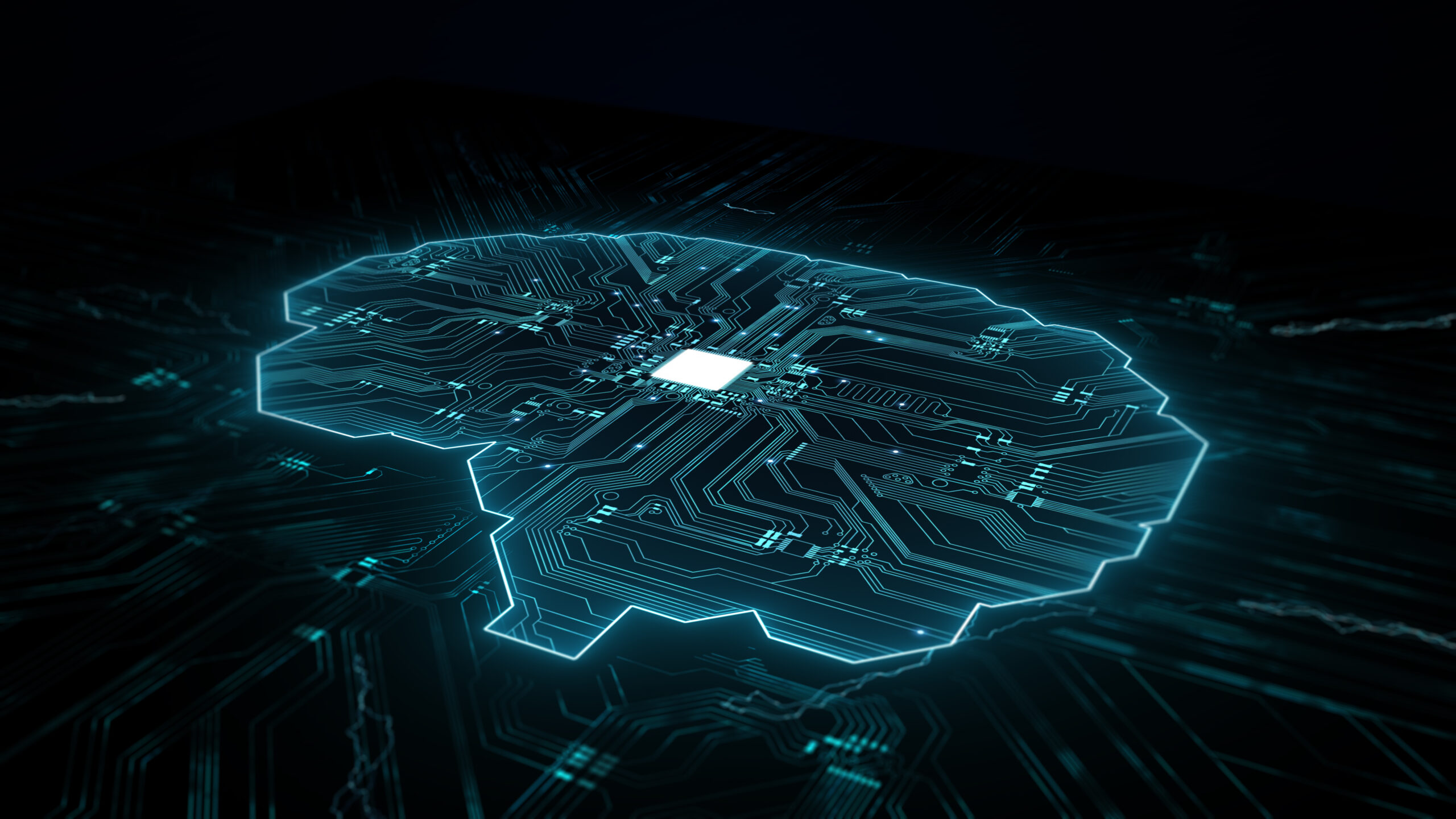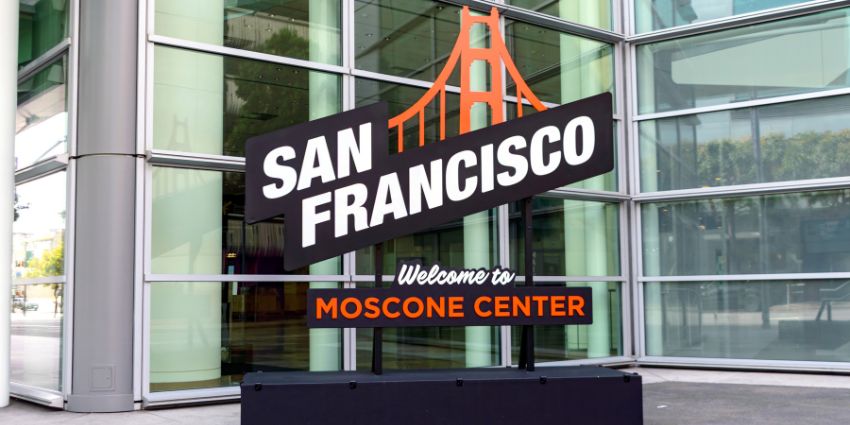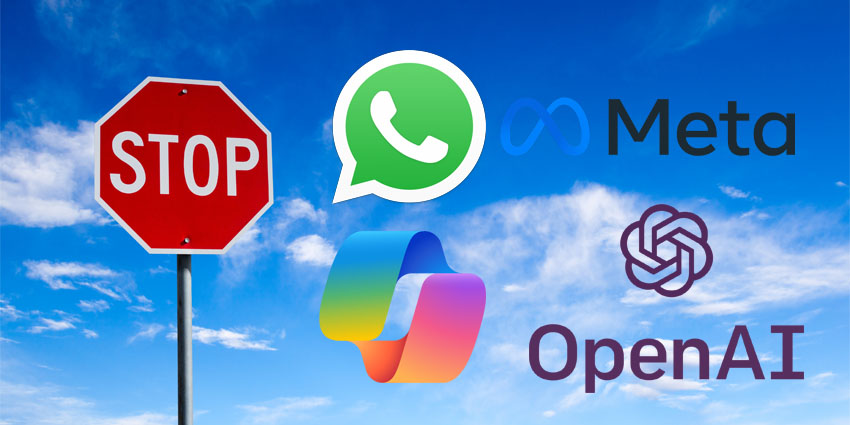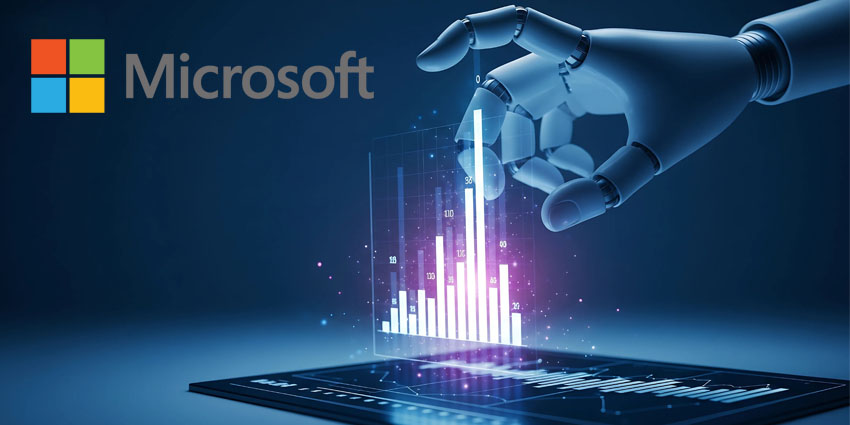A few years ago, if someone said the word “copilot” to you, you’d probably picture the person sitting in the cockpit of an airplane, supporting your captain throughout a flight. Now, AI copilots and assistants are taking over the enterprise space, reshaping processes in every industry.
From business-focused solutions like Microsoft’s Copilot to tools like ChatGPT, Einstein in Salesforce, and Google Gemini, these intelligent assistants are everywhere, helping to draft content, answer questions, and streamline collaboration. Our own research even found the majority of our audience uses AI copilots to eliminate the need for manual note-taking in meetings.
As AI algorithms continue to improve, these assistants become more powerful, holistic members of the modern business team. But what exactly are AI copilots and assistants, how do they work, and what are the benefits (and challenges) of using these tools?
What are AI Copilots and Assistants?
AI copilots and assistants are solutions powered by artificial intelligence, machine learning, automation, and analytics. They assist users (just like a traditional copilot) with endless tasks, from data analysis and decision-making to content and code creation.
The term “copilot” is really just another word for “AI assistant” – one that became popular after GitHub introduced its Copilot in 2021, and Microsoft followed on with its own Copilot system soon after. However, a solution doesn’t have to be called a “Copilot” to offer the same functionality. Tools like Google Gemini, ChatGPT, and Anthropic’s Claude fall into the same category.
- Curious about which AI copilot best suits your business use cases? Find out here.
AI copilots and assistants can also focus on different tasks in different industries. IT copilots might resolve tickets and diagnose issues. HR copilots might streamline onboarding or answer questions about PTO policies. Overall, AI copilots and assistants are defined by their ability to:
- Provide context-aware assistance in real-time for various tasks.
- Automate mundane and repetitive tasks (like summarizing calls).
- Analyze data from multiple sources.
- Enable seamless communication and collaboration.
- Unify disparate platforms, tools, and applications.
How Do AI Copilots and Assistants Work?
The exact functionality of different AI copilots and assistants vary. For instance, GitHub Copilot is designed for coding tasks, while Zoom AI Companion supports teams with everyday tasks and meetings. Each tool varies in its level of flexibility and abilities.
A basic AI copilot might do one thing (like creating captions for social media posts). A more advanced system could tackle a range of challenges, like ChatGPT, which can help with research, coding, content creation, and editing tasks.
Broadly, most copilots use basic API calls to leverage large language models (LLMs), natural language processing capabilities, and data from various apps and tools. Some systems even use multiple LLMs to tackle a range of challenges by leveraging their collective abilities.
Most AI copilots and assistants conduct these calls when they’re “prompted” to do so by a user, through a text prompt or a prompt using video and audio (with multimodal models). However, some systems can be automated to complete tasks in response to other triggers. For instance, Salesforce Einstein might automatically update a customer’s CRM record after each call.
The great thing about AI copilots and assistants is that they constantly learn. Thanks to machine learning algorithms, they can gather information about a user’s preferences and draw on new data to improve their abilities and accuracy over time.
- Curious about best practices for deploying copilots? Read our guide here!
AI Copilots vs AI Chatbots and Agentic AI
So, how do AI copilots and assistants differ from the tools we already know, like AI chatbots and evolving solutions like agentic AI? Copilots are an evolution of AI chatbots. Like copilots, chatbots use NLP and machine learning algorithms to interact with users through human-like conversations. However, they cannot dynamically adapt to user needs.
AI copilots are more advanced and versatile, capable of going beyond simple question-and-answer conversations to complete tasks like writing content. Agentic AI systems are a type of “evolution” for Copilots. They combine multiple copilots, assistants, and tools, drawing on their various abilities to automate more comprehensive tasks.
For instance, rather than just creating marketing content in response to a prompt, an agentic AI system could analyze a company’s metrics, define what kind of content they need, make it, publish it on the proper channels, and monitor results.
- Discover the best AI copilots success stories with our guide here.
AI Copilots and Assistants: Benefits for Businesses
Using generative AI tools, LLMs, data analysis, and more, AI copilots and assistants are rapidly becoming critical parts of the modern workforce. They’re improving productivity, minimizing workers’ cognitive load, and improving decision-making tasks.
Probably the biggest benefits include:
1. Increased Productivity: Doing More with Less Effort
Business leaders and teams are always looking for ways to boost productivity and performance. AI copilots and assistants enhance productivity by automating tedious tasks, rapidly summarizing data, surfacing information, and more.
One of Microsoft’s early studies into Copilots even found that users of these tools boosted their productivity by 70 percent and completed tasks 73 percent faster. AI copilots can write, edit, summarize, and generate content instantly, streamline research tasks, and even assist employees as they work through complex projects with intelligent, context-aware suggestions.
2. Reducing Cognitive Load
Although employees need to be cautious about how much they rely on AI copilots and assistants for complex cognitive tasks (as proven by this Microsoft study), they’re excellent for reducing cognitive load. Most employees are constantly bombarded with information- emails, reports, meetings, dashboards, notifications.
AI assistants can act as intelligent filters, surfacing only the most relevant information for each task and cutting out the noise. This reduces the strain on team members and improves efficiency, productivity, and creativity.
3. Cost Savings
AI copilots and assistants aren’t just making work easier, they’re reducing costs too. Automating repetitive processes means fewer resources spent on manual labor. Plus, smarter decision-making reduces financial waste. Bain & Company even found that AI-driven automation usually cuts costs by around 17% for businesses.
Since AI assistants and copilots learn and improve constantly over time, they’re forever finding new ways to simplify processes and reduce costs. They can help organizations eliminate repetitive tasks, improve team members’ accuracy, and break through bottlenecks.
4. Upgrading Decision Making
Today’s companies need to make decisions fast – but those decisions still need to be data-driven. AI copilots and assistants leverage AI infrastructure models and machine learning to understand and process huge amounts of data from various knowledge repositories and data sources.
They can connect employees to every business system instantly, helping them to make better, more informed decisions in real-time. Plus, they can identify patterns, trends and opportunities that human beings might otherwise miss. For instance, Salesforce Einstein can assess various data points to identify the best prospects and opportunities for teams to focus on.
5. Real-Time, Omnichannel, Multilingual Assistance
One of the biggest benefits of AI copilots and assistants is they’re always available. They’re there 24/7 to support teams during meetings, answer questions, and assess data – even when other employees are out of the office. Not only are they always around, but they’re flexible.
Employees can tap into assistants within the apps they already use, like Microsoft Teams or Salesforce, across channels from live chat to voice and in multiple languages. This means every employee gets an always-on coworker to help them achieve their goals.
6. Enhanced Creativity
Some studies have shown that AI copilots and assistants can damage our cognitive processing capabilities when used too often. However, they can also enhance creativity and innovation. These tools might not be as creative as human beings, but they can provide teams with the data, alternative perspectives, and insights they need to innovate faster.
For example, ChatGPT can introduce users to new ways of thinking about an article (particularly with the new o1 model) or suggest marketing ideas. They give employees a launching pad for developing more advanced critical thinking and problem-solving skills.
7. Improved Knowledge and Skill Development
Speaking of making teams more creative, AI copilots and assistants can also help future-proof employees, assisting them in developing new skills. Tools like Microsoft’s Security Copilot is even designed to help beginners in the security landscape learn more about troubleshooting and identifying risks over time, with step-by-step guidance.
AI assistants can even coach employees in real time, assessing their performance and skills in certain areas and delivering tailored feedback.
AI Copilots and Assistants: Key Applications
Still unsure about what AI copilots and assistants can do for your business? The great thing about these tools is how versatile they are. That’s particularly true now that organizations are developing more niche-specific copilot tools and low-code and no-code assistant builders (like Copilot Studio). Some key applications include:
HR Copilots
Human Resources departments need to handle many tasks, from sourcing talent to scheduling interviews, managing payroll, and even distributing learning resources. AI copilots and assistants can help automate a range of those processes. They can filter through candidate resumes, schedule interviews, answer questions about shift changes, and more.
Some tools can monitor employee performance and help business leaders identify opportunities to upskill staff members or personalize training resources.
AI Code Completion and Writing Tools
In software development, AI copilots and assistants help developers write, optimize, and debug code more efficiently. Tools like GitHub Copilot and Tabnine can use AI to suggest code completions and entire functions or help identify code errors.
Beyond coding, AI tools can help create various types of content. Multimodal AI assistants can produce everything from blog posts to social media captions and emails based on user prompts and enterprise data. They can summarize and edit content, produce visuals, and design audio. Some systems, like OpenAI’s Sora, can even produce comprehensive videos, repurposing existing content or designing new pieces from scratch.
- Interested to know how AI copilots are transforming comms workflows? We detail five key ways here.
AI Operations Assistants
Copilots designed to support organizations with “operations” can handle everything from supply chain management, to logistics planning, and data analysis. They can identify intuitive ways to improve inventory management solutions, or enhance financial workflows.
There are even dedicated tools to help with resource management, such as solutions that make it easier to forecast staffing needs or adjust schedules built into WEM platforms. Plus, AIOps solutions can monitor systems to detect, analyze, and resolve IT incidents in real-time.
Enterprise Copilots
While the term “enterprise copilots” could technically apply to a wide range of systems, it usually refers to solutions built into existing enterprise tools. For instance, Microsoft Copilot, Salesforce Einstein, Google Gemini, and Zoom AI Companion are all great examples.
These tools all serve as intelligent partners, improving collaboration, streamlining workflows, and automating tasks like meeting summarization. Their main benefits come from being pre-integrated with existing workflows and enterprise data.
Task-Specific Copilots
In addition to all the options mentioned above, there are also various task-specific AI copilots and assistants designed for unique business use cases. For instance, there are tools like Microsoft Copilot for sales and service teams, designed to help with everything from lead prioritization to self-service workflows and real-time agent support.
Some companies have also created dedicated Copilots for IT teams, such as threat detection bots and troubleshooting tools, that can be built into specific platforms.
The Challenges with AI Copilots and Assistants
Obviously, AI copilots and assistants have many benefits to offer organizations, but there are still challenges to address. First is the issue of AI ethics. Many companies still worry that AI assistants will make traditional human employees obsolete. That’s particularly true now that agentic AI is emerging to automate a wider range of tasks.
In addition, AI systems can inadvertently perpetuate biases if they’re present in their training data and demonstrate examples of discrimination. Beyond those issues, there are security and privacy concerns to consider. The more data an AI system is given, the more risk of someone tapping into the algorithm and stealing that information for nefarious means.
Plus, implementing AI solutions into organizational workflows can still be complicated, even with emerging low-code and no-code systems like Copilot Studio. Enabling integrations with existing tools can be complex, fine-tuning and training AI systems takes time, money, and effort. Additionally, training and upskilling teams to use AI effectively can be difficult.
The Future of AI Copilots and Assistants
Though there are still hurdles to navigate, AI copilots and assistants will continue delivering more value to enterprise teams in the years ahead. Already, these tools are becoming more advanced, with multimodal capabilities that allow them to understand and create multiple forms of content.
AI algorithms are improving to make assistants more accurate, context-aware, and even capable of understanding human emotions and intent. On top of that, the rise of agentic AI, promising to connect the dots between various assistants and tools, is driving a revolution in the use of AI-powered systems to automate complex workflows.
AI assistants are even becoming more accessible, with various low-code and no-code tools that empower organizations to design the ideal systems for their specific needs. In the future, the synergy between humans and AI will strengthen, creating workplaces where intelligent tools and human beings work together to tackle more advanced challenges.
Ready to dive into the future of AI support?







